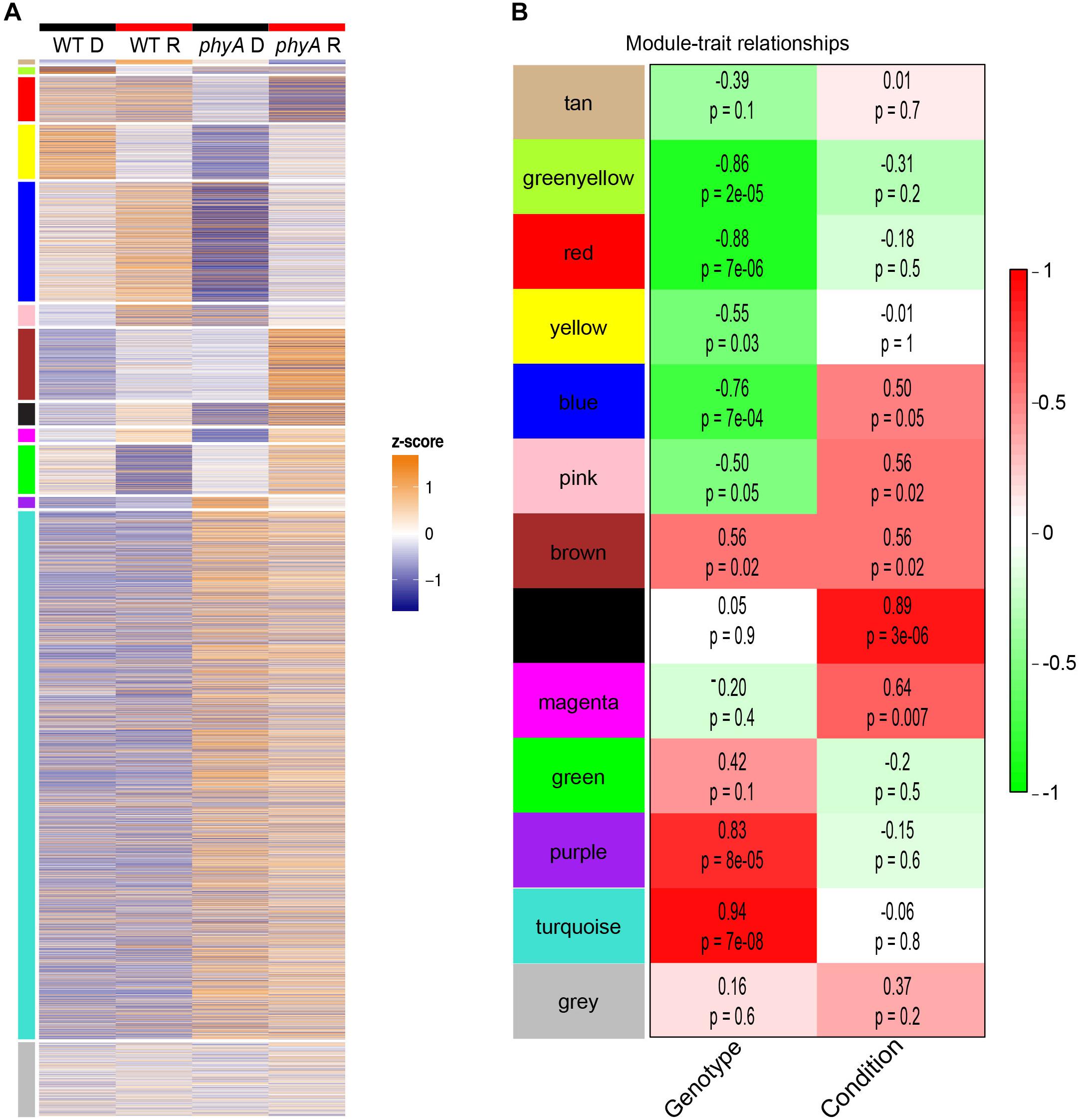

Increasing them will relax scoring thresholds and will result in a bigger module. The size of the module can be controlled by changing scoring parameters. On the scoring panel you can find the amount of positive gene and/or metabolite signalsĪs well as corresponding alpha coefficient of the BU. Scoring networkĪfter making a network, the statistics on network structure will be shown. In metabolite-level topology nodes correspond to metabolites, and two metabolitesĪre connected if there is a reaction where at least on carbon atom is transitioned betweenĬlick Step 1: Make network to finish this step. In atom-level topology, network nodes correspond to individual carbon atoms of compounds,Īnd an edge connects to atoms if there is a reaction with such atom transition. Additionally, two network topologies are supported: atom- and metabolite-level. There are thee major network types:ġ) based on KEGG database, 2) based on Rhea database, 3) subset of Rhea reactions involving lipids. Verify that the files were parsed correctly. With IDs that were not mapped to the IDs used in network (e.g. “signalRank” (for genes, optional): ranking of the genes by average expression, if absent, the values are generated based on “baseMean” column.Īny other columns will be copied to a network as node or edge attributes.Īfter files are uploaded, a file summary is displayed.“signal” (optional): ID of the measured entity, such as probe ID for gene expression microarrays and ion ID for metabolite data, if absent, signal column will be generatedīased on unique “pval” and “log2FC” combinations.“baseMean” (for genes): average expression level.“log2FC”: Base 2 logarithm of the fold-change.“pval”: Differential expression p-value (non-adjusted).Multi-annotated data with IDs separated with “/// ” is also supported SwissLipids ID, LipidMaps ID, ChEBI ID or Species name for lipids (supports LipidMaps and SwissLipids nomenclature). HMDB ID, KEGG ID or ChEBI ID for metabolites “ID”: RefSeq mRNA transcript ID, Entrez ID or symbol for genes.The first line of each file must contain a header with the column names. Must be in a separate text file (comma-, tab- and space- separated files,Īrchived files and Microsoft Excel Open XML Spreadsheet files are supported too). GATOM can be run usingĮither gene DE data or metabolite DE data or both data types. The next step is to upload differential expression (DE) dataįor genes and/or metabolites. Only reactions possible in the selected organism are used.Ĭurrently supported organisms are Homo sapiens, Mus musculus,Īrabidopsis thaliana and Saccharomyces cerevisiae. We also provide example data with differential gene expression for human MCF10A cell line treated with 2DGįirst, slect an organism with which you will be working from the Select an organismĭropdown menu. “Example DE for lipids” checkbox loads the example lipidomics data for WT mice control vs high fat dietĬomparison from ST001289 dataset. The raw files can be downloaded from here and here. Transcriptional and metabolomic data respectively for M0 vs M1 macrophage activation comparison Jha et al, Immunity 2015. Three example datasets are embdeded in the web-service.Įxample DE for genes and Example DE for metabolites checkboxes load Reset all button allows to start the analysis from the beginning, clearing the input data sets. Step 2: Finding a connected subnetwork that contains the most significant changes.Step 1: Creating a metabolic network specific to the provided omics data.Overall the analysis consists of two major steps: A web-service for omics-based identification of regulated metabolic modules in atom transition networks.


 0 kommentar(er)
0 kommentar(er)
